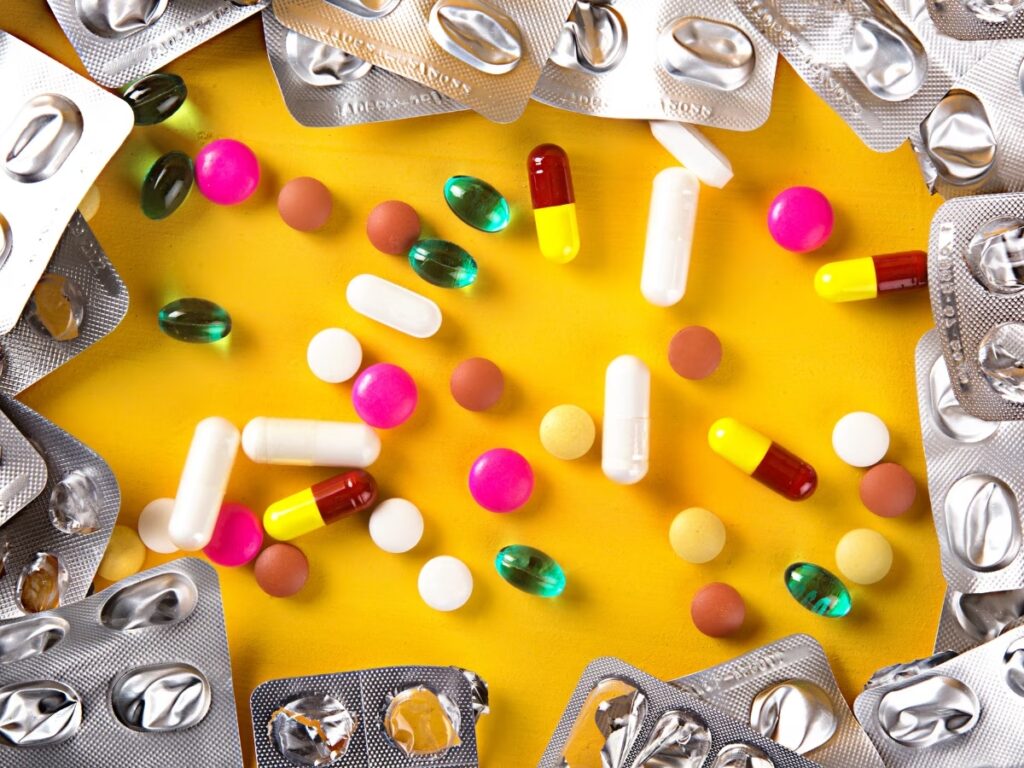To simplify and rationalize the process of sampling and maintain an all-channel database of monthly samples, in an effort to rationalize and streamline the process of sampling The Central Drugs Standard Control Organisation (CDSCO) has released its final versions of the regulations regarding the sampling of cosmetics, pharmaceuticals or medical device by drug inspectors of The Central as well as the State drug administrations.
The principal purpose of the guideline is to take advantage of known information and identifying dangers in selecting the sample and location to cover a broad range of pharmaceuticals, cosmetics, and medical devices being sold in the market through wholesale outlets for manufacturing facilities or retail shops, and the distribution channels of the government and others. In urban, suburban and rural regions. It is also essential to maintain a centralised NSQ/Spurious Drugs monthly schedule and publish it in the CDSCO website in order to limit making use of the substances in the future.
“The guideline will be useful for effective surveillance for quality & efficacy of drugs & cosmetics available in the market by adopting uniform drug sampling methodology for drug inspectors under drug regulatory authorities of state and central,” said the drug regulator.
The guidelines stipulate that drug inspectors should prepare sampling plans on regular basis, both on an annual and monthly basis to select samples according to identified risks, then select the sampling locations in line to certain standards and then complete the process within the deadline that is set by the Central Drug Regulatory Authority.
Drug inspectors working in conjunction together with the authority controlling it, are able to prepare a sampling schedule on the basis of a monthly schedule and an annual one that covers the entire area or territory under their authority. The sampling program should include areas of rural and tribal communities and also drugs that are used in areas that are prone to specific diseases or for seasonal illness and the like. The regulator has observed that the distribution areas within the rural or urban regions are not included, and the quality of drugs at a distance or in the final user’s home is not evaluated.
This annual schedule of sampling is distributed to the headquarters of the head office to ensure it is constantly reviewed and to avoid repeat sampling one brand, and to cover the largest amount of brands or categories in the scheduled sampling schedule.
The decision to purchase a medication is dependent on a variety of factors, which could be a sign of greater risk for the wellbeing of the drug. It is the responsibility of Drugs Inspectors will take samples of diverse therapeutic categories, various formulations, as well as different brands from a single retail outlet with identified risks, which comprise about 20 of the risks listed in the guideline, including the input of different stakeholders, including consumers and healthcare professionals. sampling schedule from the CDSCO for certain therapeutic categories of medicines in specific months, and the usage of specific warnings on drugs issued through the CDSCO and the state drug agencies to provide details about the most frequent drugs that are not Standard Quality or spurious drugs and their production and sales outlets, and a lot other.
The Drugs Inspector will make sure that, at a minimum all the risk factors identified above are considered when he conducts his sampling for a period of 6 months. In addition, no more than three samples can be taken from one outlet. The excess sampling, if it occurs for any reason, has to be documented and endorsed by the authority responsible for the sampling. The guideline also describes the criteria that are used to select the location of sampling.
Every drug inspector must take at least 10 sample per month, which consists of nine drugs which is the active ingredient along with excipients and formulations, in addition to one sample of cosmetics or medical devices.
Each drug inspector must take at least 10 samples every month, which includes nine drugs – – the active ingredient along with excipients and formulations, in addition to one sample of cosmetics or medical devices.
In these cases the sample could be split into two equal parts choosing to use primary or secondary labels (one portion that is utilized by government analysts and the second to be used in court production) and the other two sections to enable smaller testing. The information must be documented on the proper forms as according to Drugs, Cosmetics & Medical Devices Rules and a cover note addressed to appropriate government analysts should samples are sent to be tested to be tested at a lower degree i.e. identification and assay, but only because they are unable to collect the full amount and the result is then added.
The guideline also states that the drug inspector should plan the sampling procedure so that the samples are taken to the laboratory on the day after the sampling or the following day if there are delays due to transportation from rural or distant places.
The Drugs Inspector is required to decide how to analyse used and working standards or references from the manufacturer of samples of patent – and proprietary drugs, as well as new drugs and not be patient until the lab to contact them and then provide these to the laboratory for rapid analysis for the substance. The NSQ and any other reports that are false should be sent to CDSCO on the 10th day of each month, and posted on the CDSCO’s website.
Every Drug Inspector must keep records of sampling, including the number of samples taken and their processing progress through the report of test, as well as the number of NSQs that are submitted by laboratories as well as the actions taken, as well as cases of false substances that are reported to the lab in their report of the test. The inspector has to submit the information to the authorities monitoring their sampling program on a regular basis to facilitate the execution of their sampling plan. The data gathered from monthly data of sampling is used in order to determine the next months’s schedule of sampling.
“Each drug Controlling office must create a monthly list of basis of retail outlets and wholesalers with the name of a owner and pharmacist registered when false products are identified or the distribution chain is broken due to the invoice provided. The above list should be sent to the headquarters to prepare a centralised list of retailers and wholesalers outlets found to be involved in distribution or sale of bogus products and to make it easy to the public so that they can avoid purchasing medicines at these outlets,” were the guidelines.
In the past, the Drug Control Agency has noted that there’s no established procedure for selecting samples, locations for sampling or the location of sampling. The process was conducted in a random manner based on the expertise of the individual Drug Inspectors.
“Often it was observed that the drugs sampled are from major brands and taken from urban or suburban locations only. Rural or interior distributions aren’t covered, and thus the quality of the drugs aimed at distant users/last users was not assessed. Cosmetics samples were not taken in a few regions. There isn’t a central database of outlets selling sale items where the NSQ/spurious product was reported. these outlets must be monitored regularly for surveillance,” the report added.
It is the Section 22 and 23, of the Drugs & Cosmetics Act 1940 defines the exact method of samples to be collected through Drugs inspection officers from Central and State Drug Control as part of routine drug quality control. Drug sampling is an economical task, and resources limitations may restrict the amount of samples collected and the methods employed to analyze them, or the quantity of Drugs Inspector & Laboratory available to conduct the sample collection and analysis. It is crucial for the best use use of resources, with a focus on the variables that could are more risky for patients and to utilize risk analysis when designing the sampling process in accordance with the guidance.
It is important to note that the 62nd session Drugs Consultative Committee (DCC) calls for a uniform procedure across the country to swiftly take action in relation to the dissemination of information, cancellation or suspension of a license to selling of counterfeit goods. At the meeting, it was concluded that all States are now obligated to provide information about non-standard high-quality (NSQ) products and products containing fake ingredients every month however, it is recommended to do so by the 10th of every month.

